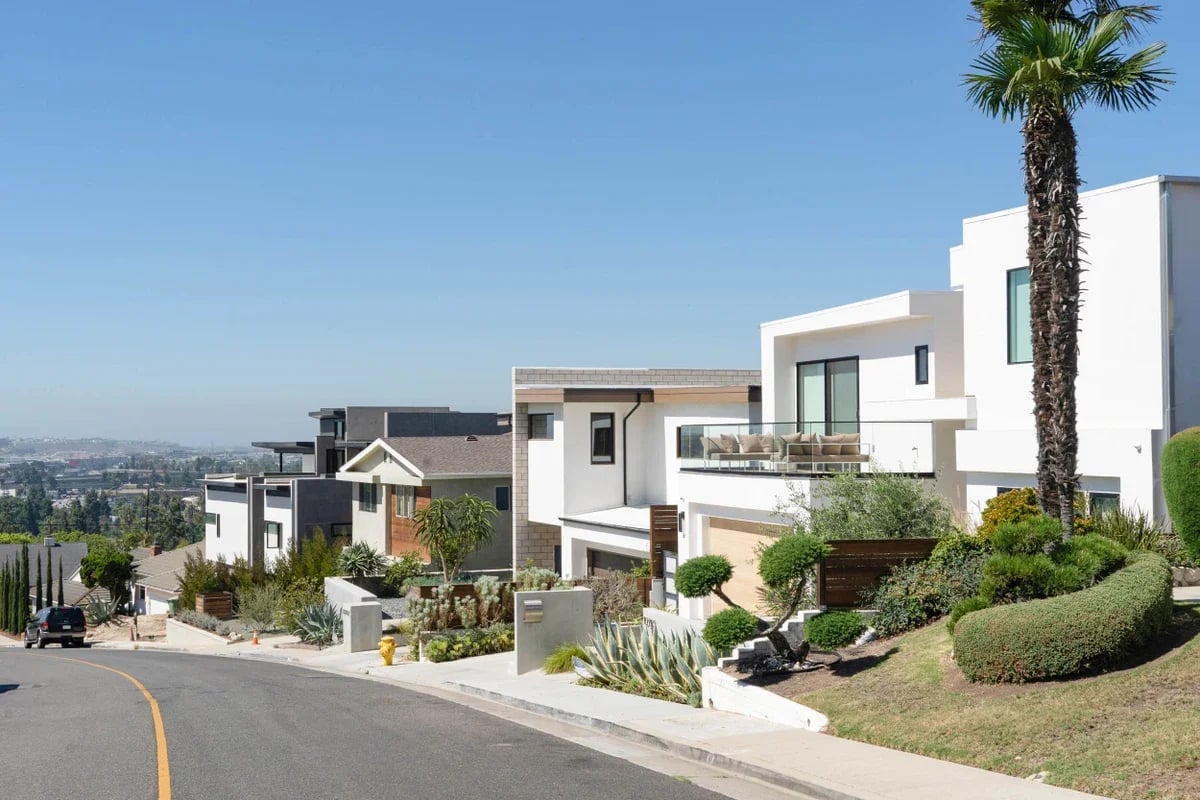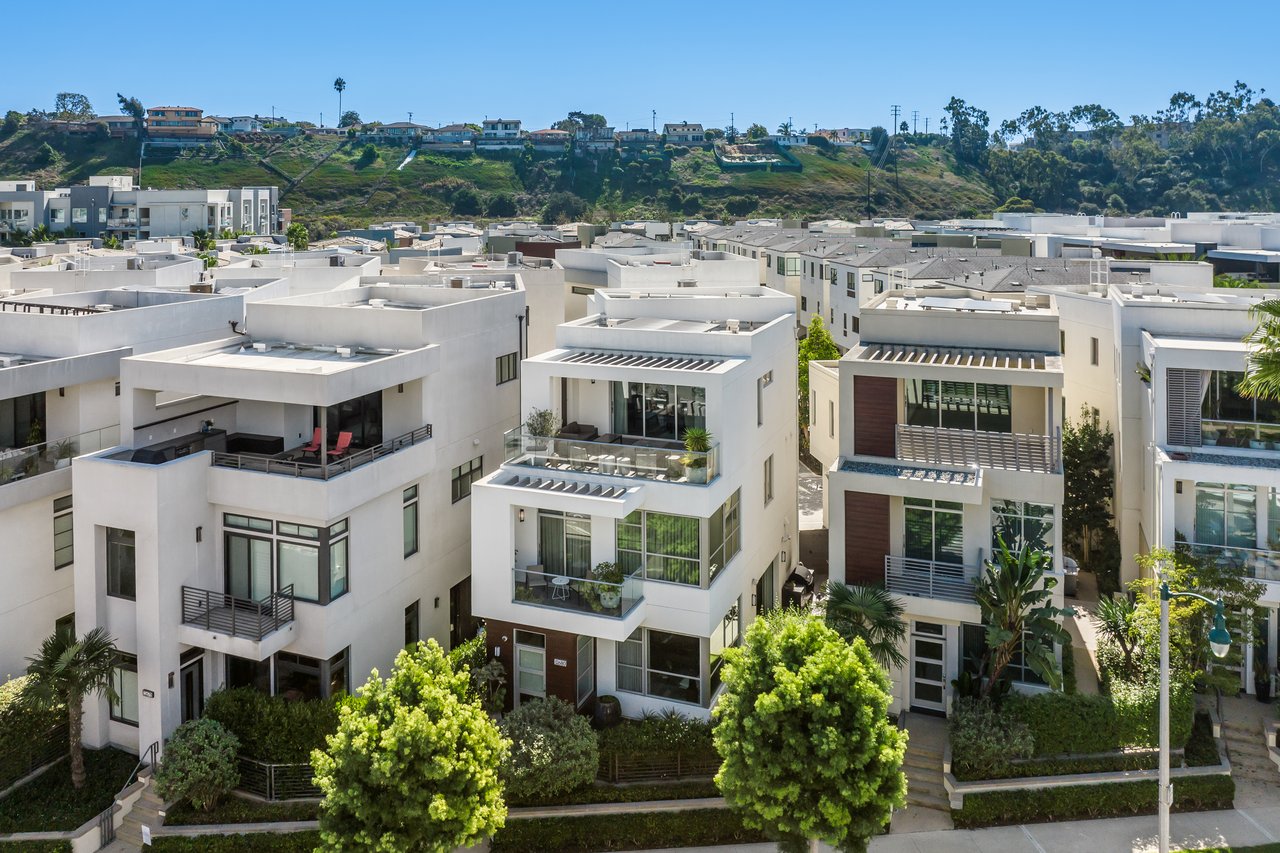Greater Los Angeles Area Market Update: October 2022
October 24, 2022

October 24, 2022

Housing Market Hits the Brakes |
| We don’t love to make outright predictions, but enough data has been released to suggest that home prices peaked nationally in June 2022, and we likely won’t see another peak this year. Of course, there will be deviations in local markets, but the larger trend is clear: Home prices cannot sustain the growth rate we’ve seen over the past two years. The Fed provided huge incentives to buy homes as part of its easy monetary policy during the pandemic by purchasing Mortgage-Backed Securities (MBS) and dropping interest rates. MBS play an integral role in home financing by allowing banks to bundle and sell mortgage loans, thereby turning the bank into an intermediary between the financier and financial markets (investors). Banks get some fees, and investors, rather than the bank, get the interest from the bundle of mortgages, so in many ways, the bank facilitates the loan but investors are the ones really lending the buyer the money. The Fed was a huge investor in 2020 and 2021, doubling its MBS holdings to $2.7 trillion. However, the Fed isn’t buying any more MBS and, in fact, would like to sell — but can’t do so without taking huge losses. Additionally, mortgage rates have jumped dramatically in 2022, more than doubling, which shines a light on just how unique 2021 was for homebuying. Last September, the average 30-year mortgage rate was 3.01%, meaning that a $500,000 loan would cost $2,100 per month. (That same loan now costs $3,200 per month at 6.70%.) Because the interest rate has such an outsized impact on the affordability of a home, more buyers entered the market, dropping inventory like never before. It was a great time to finance a home, and those buyers who had a down payment rightfully bought even as prices were increasing, since home prices typically continue to increase. This is actually a newer phenomenon, but one that isn’t going away. Since the mid-1990s, home prices began to move more like risk assets (stocks, bonds, commodities, etc.), which marked a huge change from the preceding 100 years. From 1890 to 1990, inflation-adjusted home prices rose only 12%, which is hard to imagine with the massive price growth, up 70% nationally, that we’ve seen over the past 10 years. Demand for homes has declined over the past three months, which, besides the rate increase, is the seasonal norm. Because home sellers are often buying as they sell, new listings have dropped as well, causing inventory to decline. Inventory is still historically low and will be the one major buoy for home prices. The market has shifted to softening demand and softening supply. Mortgage applications are down 29% year-over-year according to the Mortgage Bankers Association. This, too, isn’t terribly surprising. Generally, homes aren’t bought and sold over and over in short time frames. The high number of sales in 2021 indicates fewer sales in 2022, especially because the buying incentives in 2021 are no longer in place. We can finally say that the market is cooling, but after the hottest two years since the mid-2000s, cooling indicates a healthier market. The U.S. housing market has become more nuanced over the past several months and depends more than ever on the region. Some parts of the country are trending closer to balance, while some are moving deeper into a seller’s market. Take a look below at the Local Lowdown for in-depth coverage of your area. As always, we will continue to monitor the housing and economic markets to best guide you in buying or selling your home. |

Stay up to date on the latest real estate trends.

December 6, 2025
In a city known for endless sprawl, Culver City stands out for feeling refreshingly connected. Walkable streets, friendly neighbors, and a vibrant downtown scene make … Read more

December 3, 2025
Culver City isn’t just a great place to live — it’s also one of the most respected public school districts in Los Angeles. Families here value community, creativity, a… Read more

December 2, 2025
Playa Vista is known for its walkable streets, lush parks, and well-maintained architecture—and that level of care is possible because of its Homeowners Associations, … Read more

November 26, 2025
Each neighborhood in Culver City has its own personality. Whether you’re looking for urban buzz or a quiet hillside view, there’s something for everyone.

November 25, 2025
As part of life in Playa Vista, there is a one-time Enhancement Fee of 0.75% of the purchase price. This investment goes directly back into the community, funding prog… Read more

November 20, 2025
Los Angeles is known for its energy — the endless neighborhoods, freeways, and food scenes that stretch from the ocean to the hills. But tucked right in the middle of … Read more

November 19, 2025
Playa Vista has quickly become one of the most desirable neighborhoods on the Westside of Los Angeles — and it’s easy to see why. Once a hidden gem nestled between Mar… Read more

November 14, 2025
Los Angeles might not get snowflakes or frosty winter nights, but it more than makes up for it with twinkling lights, over-the-top pop-ups, and plenty of festive fun. … Read more

November 13, 2025
Culver City continues to be one of Los Angeles’ most stable and desirable housing markets. In 2025, median home prices hover around $1.1–$1.3 million, depending on the… Read more
You’ve got questions and we can’t wait to answer them.